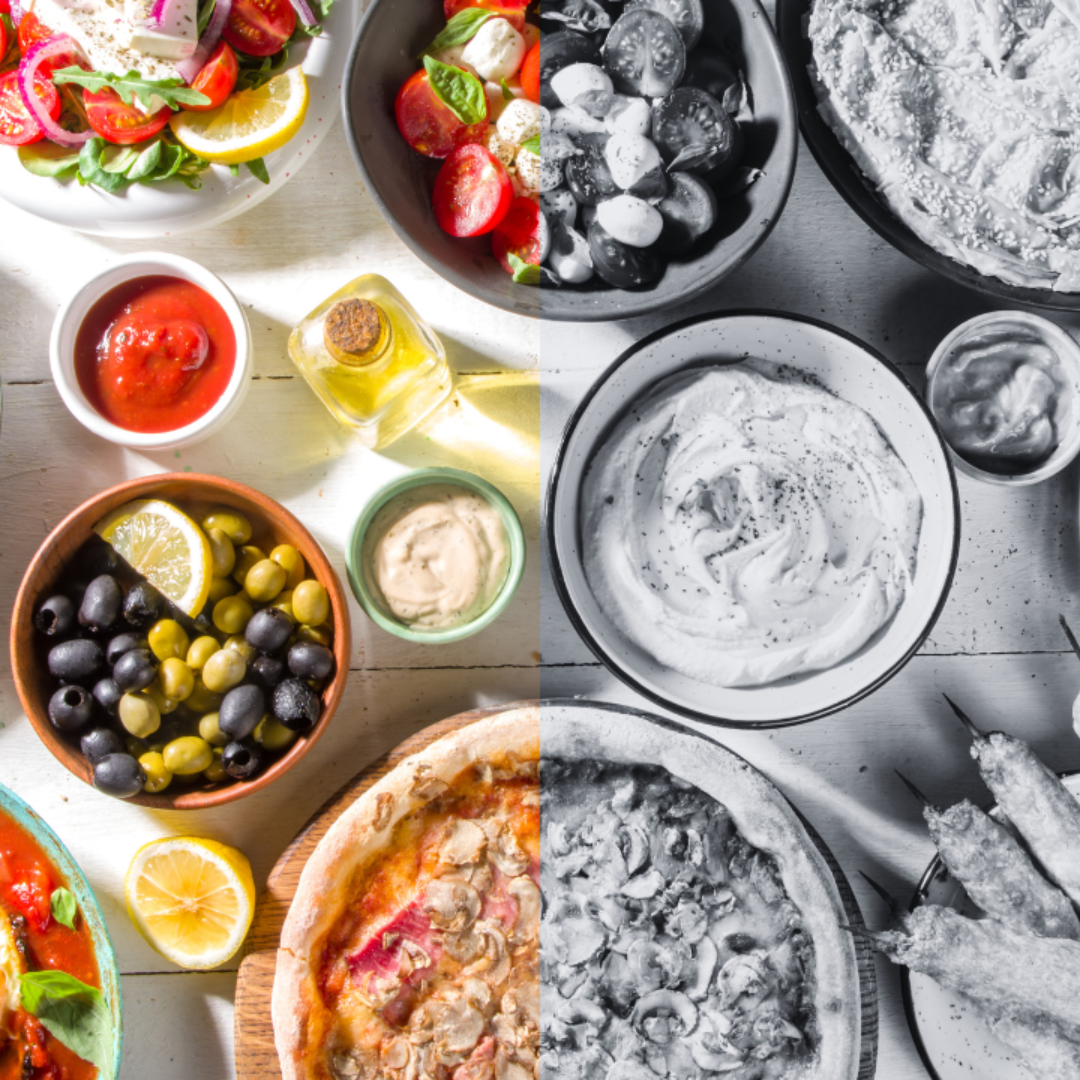What to Eat (and NOT eat with SIBO)
What am I supposed to eat?
This is a common question for anyone with gut issues, and an even more common question for someone with SIBO (small intestinal bacterial overgrowth) or IMO (intestinal methanogen overgrowth).
While diet is just one part of the SIBO puzzle, it plays a critical role in managing symptoms and supporting gut healing.
What is SIBO?
SIBO occurs when there are too many bacteria in your small intestine. This bacterial imbalance can cause:
-
Digestive symptoms: bloating, gas, constipation, diarrhea, abdominal pain, nausea
-
Non-digestive symptoms: brain fog, chronic fatigue, unexplained weight changes
If you’re struggling with any of these, understanding what to eat and avoid can make a significant difference.
The Only Diet That Can Actually Treat SIBO: The Elemental Diet
While many diets claim to “treat” SIBO, the elemental diet is currently the only diet shown to directly reduce bacterial overgrowth.
-
What it is: A 2-week liquid-only diet using a specialized powder
-
Pros: Effective at reducing SIBO
-
Cons: Expensive, unpalatable for many, and you cannot eat other foods
If you prefer real food, most diets—including low-FODMAP or low-fermentation approaches—focus on symptom management, not an outright cure.
Real-Food Diets: Managing Symptoms
Popular SIBO-friendly diets include:
-
Low-FODMAP
-
Low-fermentation
-
Practitioner-specific SIBO diets
These diets help reduce bloating, gas, and other discomforts, but they won’t eradicate the bacterial overgrowth on their own. Even if you follow the diet strictly, some days may still feel challenging.
Why the Low-FODMAP Diet Works
Low-FODMAP stands for fermentable oligosaccharides, disaccharides, monosaccharides, and polyols—types of sugars that are poorly absorbed in the small intestine and can feed bacterial overgrowth.
Here’s how I personally approach it: focus on one-ingredient foods whenever possible.
-
Avoid processed foods with multiple ingredients
-
Stick to whole foods (salt is the only acceptable additive)
-
This approach supports gut healing and long-term health
Foods You Can Eat
Meat, poultry, fish, eggs: ✅ Safe and recommended
Fruits and vegetables: ✅ Many are okay; check reliable Low-FODMAP charts, such as Dr. Ruscio’s “Standard Low-FODMAP Diet Food List”.
My favorite options for fruit include: blueberries, kiwi, orange, raspberry, strawberry
My favorite options for vegetables include [cooked only, no raw]: zucchini, carrot, broccoli florets, arugula, tomato, yam, bell pepper, and squash.
Carbohydrates: ✅ Potatoes, oats, and rice are generally safe
Nuts: ⚠️ Controversial—limit to 1 oz (28g) daily
Seasonings: ✅ Most are fine; avoid onion and garlic, especially in mixed seasoning blends or sauces
Oils: ✅ Extra virgin olive oil for low-heat or no-heat cooking; coconut or avocado oil for higher heat cooking
Foods to Avoid
-
Beans and legumes: ❌ Can worsen symptoms
-
Sweeteners, sugar, alcohol: ❌ Feed harmful bacteria and increase gut inflammation
-
Dairy: ❌ Many types can trigger sensitivities; best avoided during SIBO treatment
-
Gluten: ❌ Avoid completely—bread, pasta, cookies, beer, cereal, crackers, etc. Even gluten-free options often contain multiple ingredients
Key Takeaways
-
The Low-FODMAP diet is highly effective for managing SIBO symptoms
-
Avoid gluten, dairy, sugar, and alcohol to support gut healing
-
Focus on one-ingredient whole foods both during SIBO treatment and long-term for optimal gut health
Following this approach can speed recovery, reduce flare-ups, and support lasting gut health.
